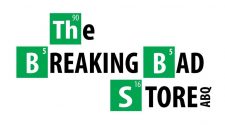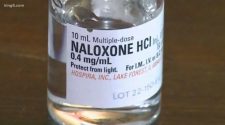Somatropin and Somatotropin are two forms of actual Human Growth Hormone (HGH). Somatotropin is the naturally made HGH secreted by the somatotropin cells of the anterior pituitary gland in the brain. This hormone or enzyme is able to speed up cell function and stimulate the changes needed for bone growth in children, and growth and recovery. Children with low levels of the hormone will develop short of statue and at a slower rate than their peers. As people age and pass puberty, the production of somatotropin falls off over time. Many of the negative effects associated with "aging" have been tied to the natural decrease in the production of this hormone.
Functions of Somatotropin include increased healing and recovery from exertion, calcium retention in bones, increased bone size, stimulates cell activity, increases use of fats in the body, increases protein formation and increases sugar absorption by the cells of the body. The hormone is used to treat persons with low HGH levels, anti-aging in older adults and fat loss and body building in athletes. HGH seems to give older adults a boost in energy levels and reduce some aging affects. Athletes use the drug to recover from work outs, heal faster from injury, maintain muscle and decrease fat levels. In the United States, to use this drug a prescription is required. Most of the adult treatments of the drug are not approved by the FDA, but are sometimes prescribed for off-label usage.
Somatropin is the name given to an artificially synthesized version of this drug. Made by DNA alterations of cells, the cells are able to produce an identical enzyme to the naturally occurring one in humans. This recombinant version prevents some serious side effects associated with usage of somatropin extracted from a foreign source. Somatropin is still a protein molecule and as such, will be digested if taken orally. Thus, this treatment must be given by injection, which can make it painful. This is the current source for all prescription HGH that is used for treatment at this time. The prior method required anterior pituitary cells which were not easy to obtain. The artificial enzyme has lowered the cost for treatment and made it available to a much wider population. The somatropin is sometimes abbreviated hGH to distinguish it from somatotropin.
Somatropin is identical to the human enzyme and functions just the same in the body. HGH is still illegal in most organized sporting activities, such as the Olympics. Until recently, it was impossible to detect whether HGH in the blood was natural or synthesized. However, in the last several years, using markers common to the cells used to produce somatropin, it is now possible to detect at least some artificial HGH with blood work, though the testing procedure has not yet been perfected.
Most HGH supplements and releaser products, including HGH sprays, are allowed for athletic competition as they do not contain somatropin or significant amounts of somatotropin. For more information about HGH supplements and how they differ from somatropin, visit http://www.sytropin.com/somatotropin.html















